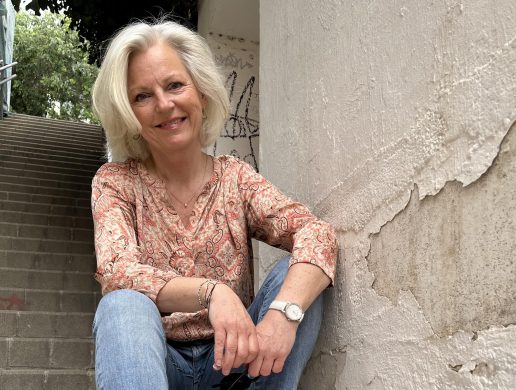Kommentar af Shantayanan Devarajan
Bistandsjargonen har indført et nyt ord (på engelsk naturligvis), der hedder “deliverology”, dvs at få den offentlige service til at levere varen.
As a student of service delivery, I was delighted to read about Sir Michael Barber’s effort to conceptualize (definere) the implementation of service delivery policies – what he calls “Deliverology” – a problem many of us have grappled with for a long time.
These problems are widespread: 20 percent of 7th grade students in Tanzania could not read Kiswahili (and 50 percent could not read English); the latest ASER report in India shows that learning outcomes are declining while enrolment (indskrivning) is rising;.
Similarly, doctors in rural Senegal spend a total of 39 minutes a day seeing patients; in India, unqualified private-sector doctors (otherwise known as “quacks” (kvaksalvere)) appear to provide better clinical care than qualified public-sector doctors.
The question is: Can Deliverology in principle help solve these problems?
Conceptual approach. Deliverology is based on the notion (antagelse) that traditional public-sector organizations are not geared towards delivering results – such as student learning outcomes or quality clinical care – for several reasons. The organization’s goals are too many and too diffuse.
Frequently, the goals cannot be quantified. For those that can be, there is very little real-time data to monitor progress towards the goals.
As a result, staff and management within the organization do not work towards these goals. Rather, they may try to maximize the size of their unit or the budget under their control.
To overcome these constraints (forhindringer), Deliverology proposes that a small, high-quality delivery unit be established, reporting directly to the head of the organization, that is charged with championing the delivery of a few, well-specified results.
The unit will gather and report real-time data on progress towards the results; work with the line managers in the system to make mid-course (midtvejs) corrections; and set up routines where the leader and the stakeholders can review performance and make decisions.
Both the diagnosis and proposed solution are compelling (overbevisende). But there are at least two other important elements of service delivery that are particularly salient (fremtrædende) in education and health.
The client:
By “clients” I do not mean the government. Our real clients are the households and children who will benefit from better service delivery. Student learning outcomes are the result of quality teaching and effort by the student (and his or her family).
There is now considerable evidence that parents’ participation in their children’s education can have a significant impact on outcomes.
* The EDUCO program in El Salvador (where the number of times the parents visited the classroom had a strong association with student test scores);
* RECURSO in Peru, where parents tested students’ reading ability at home;
* the famous Uganda study where an information campaign (that empowered communities) led to a sizeable decline in the leakage of public funds for education; and
* the numerous cases (including in Punjab, Pakistan) of parents’ paying to send their children to private schools despite the presence of a free, public school all testify to role that families play in promoting learning outcomes.
Furthermore, client participation – or, as we called it in the 2004 World Development Report, “client power” – can be a substitute for public-sector monitoring of the delivery of these services.
No matter how well the delivery unit is performing, it is difficult for the government agency to monitor teacher or doctor presence (let alone the quality of service provision) in remote rural areas.
But there is someone else who can: the student in the classroom or the patient at the clinic.
In a randomized (vilkårlig) control trial, publishing information about the quality of clinics in Uganda was significantly associated with a reduction in infant mortality.
Giving parents a choice of schools (and information about the schools) has been shown to improve outcomes in a variety of settings – from Bogota, Colombia to Bangladesh to Pakistan.
Deliverology assumes that the binding constraint is the behavior of the public servants.
But when it comes to learning outcomes and clinical care, clients’ behavior could be just as important. And empowering clients – rather than the members of the delivery unit – could do more for changing the behavior of frontline service providers.
Læs videre på
http://blogs.worldbank.org/developmenttalk/deliverology-and-all
Begynd fra: “Politics: The second element that seems to be…..”
Shantayanan Devarajan (med blogger-navnet Shanta) var indtil for nylig Verdensbankens cheføkonom for Afrika, men er nu bankens cheføkonom for MENA-regionen (Mellemøsten og Nordafrika).
Se også http://blogs.worldbank.org/team/shanta














